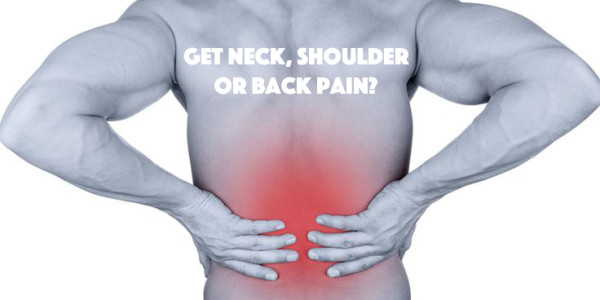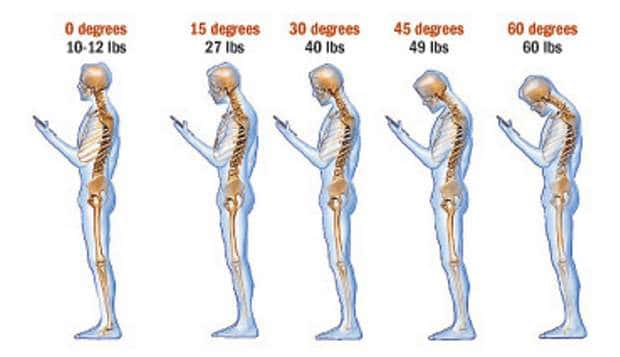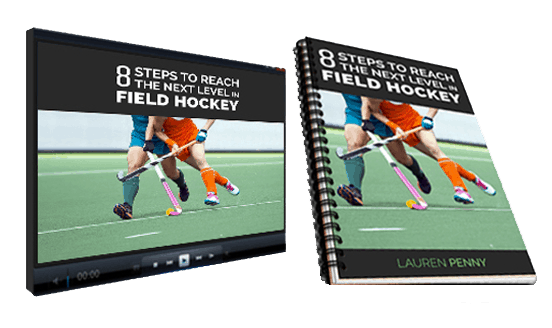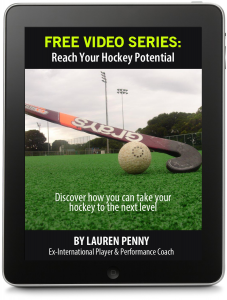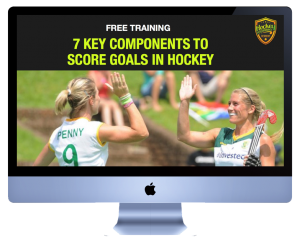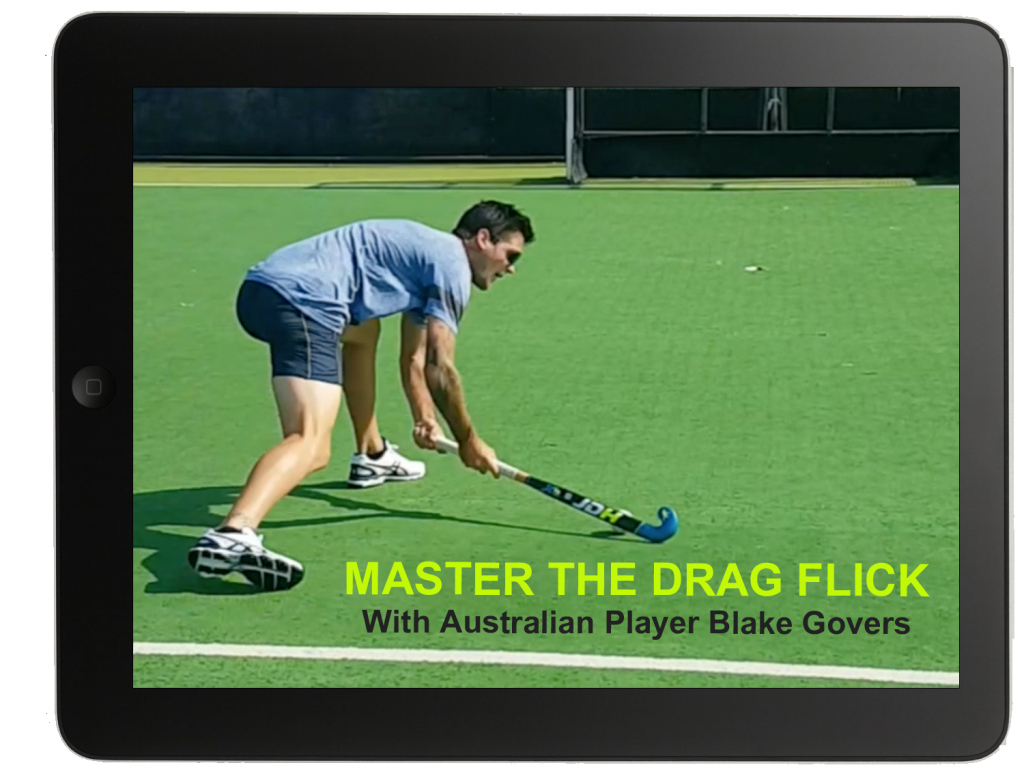This article was written by one of our members Trent Knights, who is a massage therapist, acupuncturist & hockey player from Australia.
Do you ever get neck, shoulder or back pain after playing hockey? Many sports, including field hockey, force us to lean forward which can lead to developing a hunched posture.
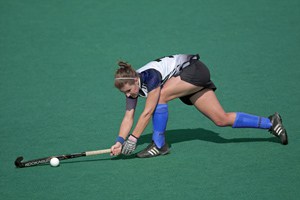
This hunched posture is also very common in people that study for long periods, work at a desk or use their smartphones and tablets too much.
Does slouching really cause health issues?
A forward head position, like looking at a standard desktop monitor with poor posture can increase the weight of your head from around 5kgs to nearly 20kgs.
That smartphone posture can push the weight of your head to over 27kgs! That’s more than 5 times the force being placed on your neck by your head.
This excessive force can cause upper back and neck tension, headaches, poor sleep and even mood changes like irritability.
Over time your muscles will become used to the position and it will become difficult to get yourself out of this posture. After years even your bones can begin to degenerate and change shape.
How can you tell if you have poor upper body posture?
The most common faulty upper body posture is upper cross syndrome, if you look at yourself from side on you would notice that:
- Your upper back has an increased curve to it
- Your shoulders are slumped forward and are close to or infront of your chest (when they should be about midway between the front of your chest and the back of your back)
- Your head is pushing forward either increasing the arch in your neck or with a flat neck from looking downward
From a front view you may notice that the palm of your hands are facing backwards instead of towards your sides. Here are a few steps you can take to improve this posture.
6 Ways To Overcome Neck, Shoulder or Back Pain In Hockey
#1. Identify the condition
The first and most important step is to identify the condition. This can be done using the steps above or seeing a qualified therapist for assessment.
#2. Work on your day to day posture
The earlier you attempt to adapt a correct posture, the quicker you will achieve it. The first thing is to lift your chest: place a finger in the middle of your chest and try to lift this point up using your back muscles, i.e. just sit up straight.
#3. Stretch out your tight muscles
Most people in a slumped posture will want to stretch out their upper back, but the most important areas are the chest and neck. Stretching these areas will allow your back to straighten easier.
#4. Mobilise, move your joints
It is important to move your joints through all pain free ranges possible. Doing the below movements 10 times each 2-3 times daily will help to open up your joints and get your muscles moving.
At the neck you can look down, up, side to side and you can tilt your head towards your shoulders.
Your shoulders can move forward, backward, out to the side and back, across your body and around in a circle.
Your upper back can move the same as your neck, flexing forward, backward and sideways plus tilting to either side. Move it or lose it – if you don’t move through all possible movements, over time you will not be able to.
#5. Strengthen your postural muscles to keep you up straight
The most common areas that are weak in a slumped posture are the mid back and the anterior neck. These areas are strengthened by doing exercises such as thoracic extensions, band rows and chin tucks. These exercises need minimal equipment and can be done in the comfort of your own home.
#6. Roll out your pains
Jump on your foam roller or massage ball and use it to massage out stiff or painful areas such as the middle to upper back and the chest. The roller can also be used to open up and stretch the upper back and ribs to reduce the upper back curve.
Using the above guidelines, you can make a drastic change to your upper body position.
As a result of all of these, you will also improve your hitting and slapping as these techniques need proper back rotation and shoulder movement to perform optimally.
Remember that this information is general and it is best to see a qualified therapist or trainer to ensure you are doing activities that are right for you!
About Trent Knights
A massage therapist, acupuncturist and hockey player from Australia. Trent focusses on treating painful conditions, especially sports injuries with a focus on improving posture and biomechanics to prevent re-injury. To find out more about what he does you can visit his site: acupuncture-works.com.au
